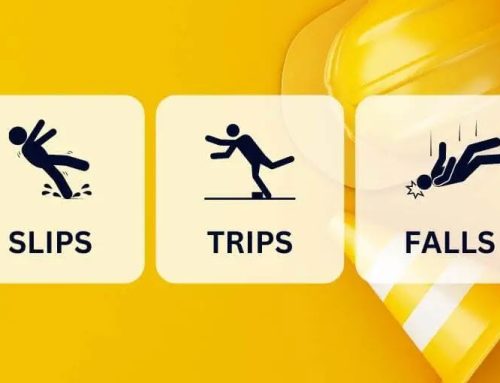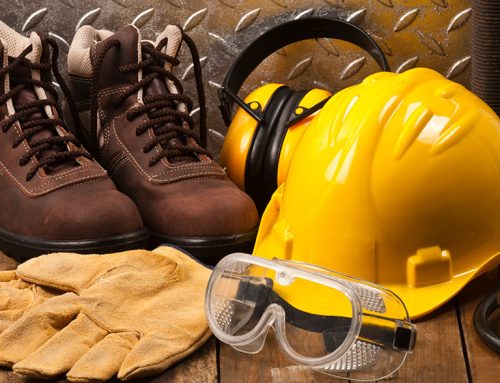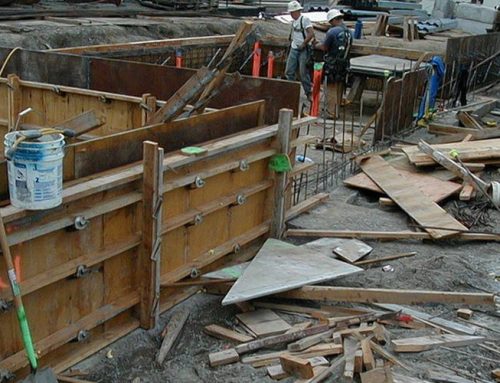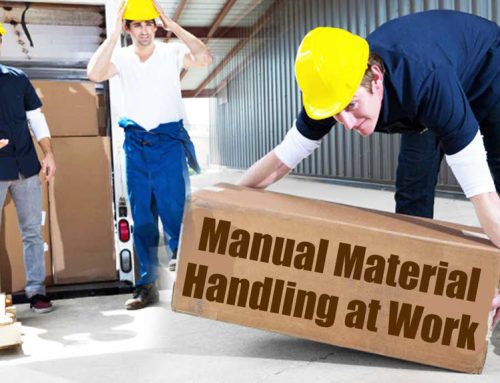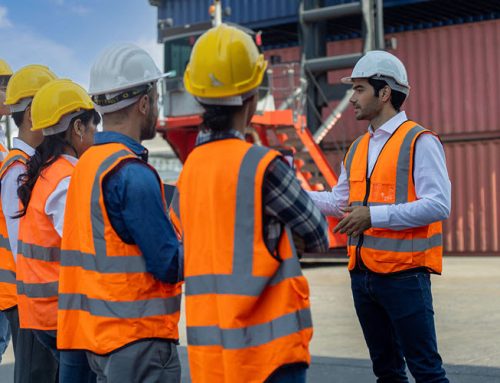Common Slip Trip and Fall Incidents
Accidents from heights can be fatal or cause significant harm, and include accidents from ladder, mobile communication devices, rooftops and other raised buildings.
Slip and fall accidents on slick surface like ice and snow are often one of the hazards during winter. Slips and trips at workplaces are frequently caused by wet floors or spilt beverages.
Trips could be caused by a wide variety of factors, such as poor housekeeping, steep inclines, bad lighting, and unsuitable equipment.
Strategies to Reduce the Risk of Slips Trip, and Fall
Utilize appropriate protection of any gaps or open windows to protect employees and use safeguards to prevent accidents. If safeguards aren’t an option, make sure you have proper protection equipment. A full-body harnesses with a self-retracting rope tied to an approved origin point is an example of appropriate fall protection.
- Maintaining appropriate housekeeping is essential in preventing slips, trips, and falls. Items on the floor pose a risk to everyone moving or operating in the vicinity. Keep well-defined walking trails throughout the work space. Keep well-organised laydown areas for tools and materials to keep them out from the way of worker movement.
- Inspect your working atmosphere for any damp, slick, or slippery walking areas. Place warning signs on any potentially hazardous areas until the problem is resolved.
- Utilize appropriate practises such as three touchpoints and maintaining your belts buckles within the sides of the ladder when climbing or leaving a portable or stationary ladder. Leaning to grasp stuff can throw you off balanced and cause you to slip.
What Your Staff Should Learn From a Slips Trips and Falls Safety Talk
One of the items to cover in a slips trips and falls safety talk, is when crossing difficult terrain, it’s critical to keep alert. When someone shocked by a sudden sound, going too fast, or even conversing with a co-worker, their attention can be distracted from the ground conditions. This can prevent employees from recognising trip risks, possibly resulting in an unintentional fall.
Individuals who labour on dirt or grassland are accustomed to decelerating when the surface is soft or moist. But, once the earth has started to dry up after rain, the situation might be just as dangerous. Large tyre tracks might be left behind because big equipment went through the region while the earth was moist. These trails harden as the earth dries, producing deep grooves. These grooves are a major tripping danger. Not just that, but if someone trips over one of these and falls, they face severe harm because they will most likely fall on the same deep, hard divots that caused the trip in the first place.
How to Avoid Slipping Tripping or Falling
Remove as many hazards as feasible. As previously stated, walking at a pace that is suitable for the conditions is important. Other distraction, such as dragging equipment and machinery, should be avoided as well. Perhaps one of the lorries required in the region could transport these materials.
Each day, walk around the jobsite looking for hazards that should be avoided. This could include, but is not limited to, the following.
- Recognizing grooves, slick surfaces, and other unstable terrain on the jobsite.
- Locate pits and ditches on the property.
- Keep the treads of shoes and boots clean to improve grip.
- Do not cut through trash banks to save time.
Furthermore, to reduce the risk of accidents while operating on uneven terrain, always keep pathways and areas surrounding ladders clear of equipment and trash. Give particular attention to the placement of cables and hoses, as they might cause hazardous situations.
What Else to Talk About in Your Slips Trips and Falls Safety Talk
In a slips trips and falls safety talk, explain how if someone is being distracted, it raises the risk of harm with your staff and devise a strategy for avoiding such distractions. Also, talk about the soil conditions you’ll be operating with and brainstorm ways to prevent the dangers that come with them.
- Find an evident danger, including slick conditions or a large groove made by bulldozers, and explain the dangers and how to avoid them.
- Highlight the importance of maintaining the bottoms of your shoes or boots cleaned. Could provide tool, such as a stiff brush or a twig, for employees to use in the fields to clear off mud or muck.
- Inform staff that any harmful situations should be reported.
If you need a provide a toolbox talk related to slips trips and falls, then our Slips Trips and Falls Toolbox Talk might be of interest to you.
Alternatively, if you are looking for a range of ready to deliver toolbox talks, then you might be interested in our toolbox talk packages which include range of toolbox talks at a cost-effective price.


